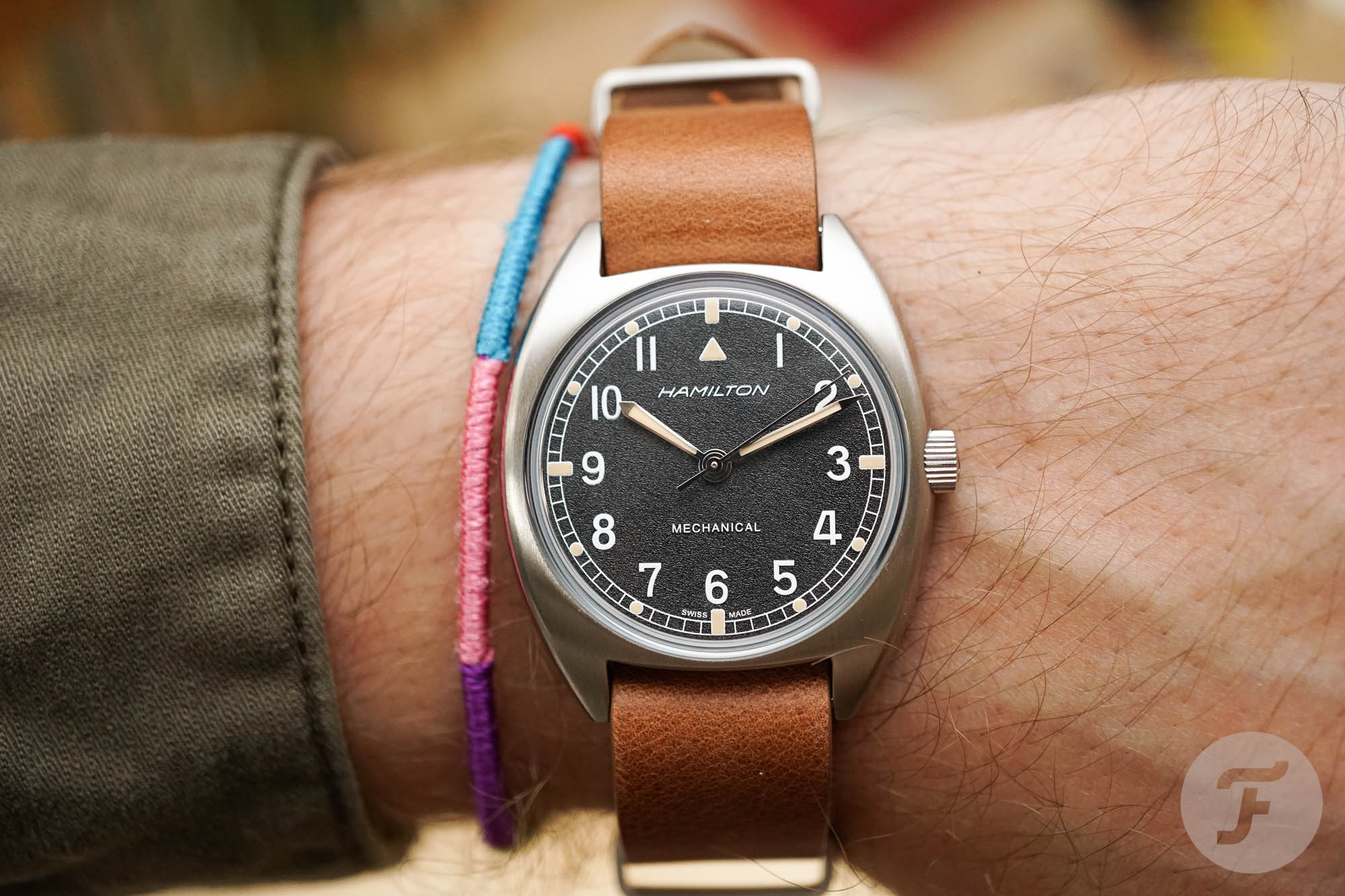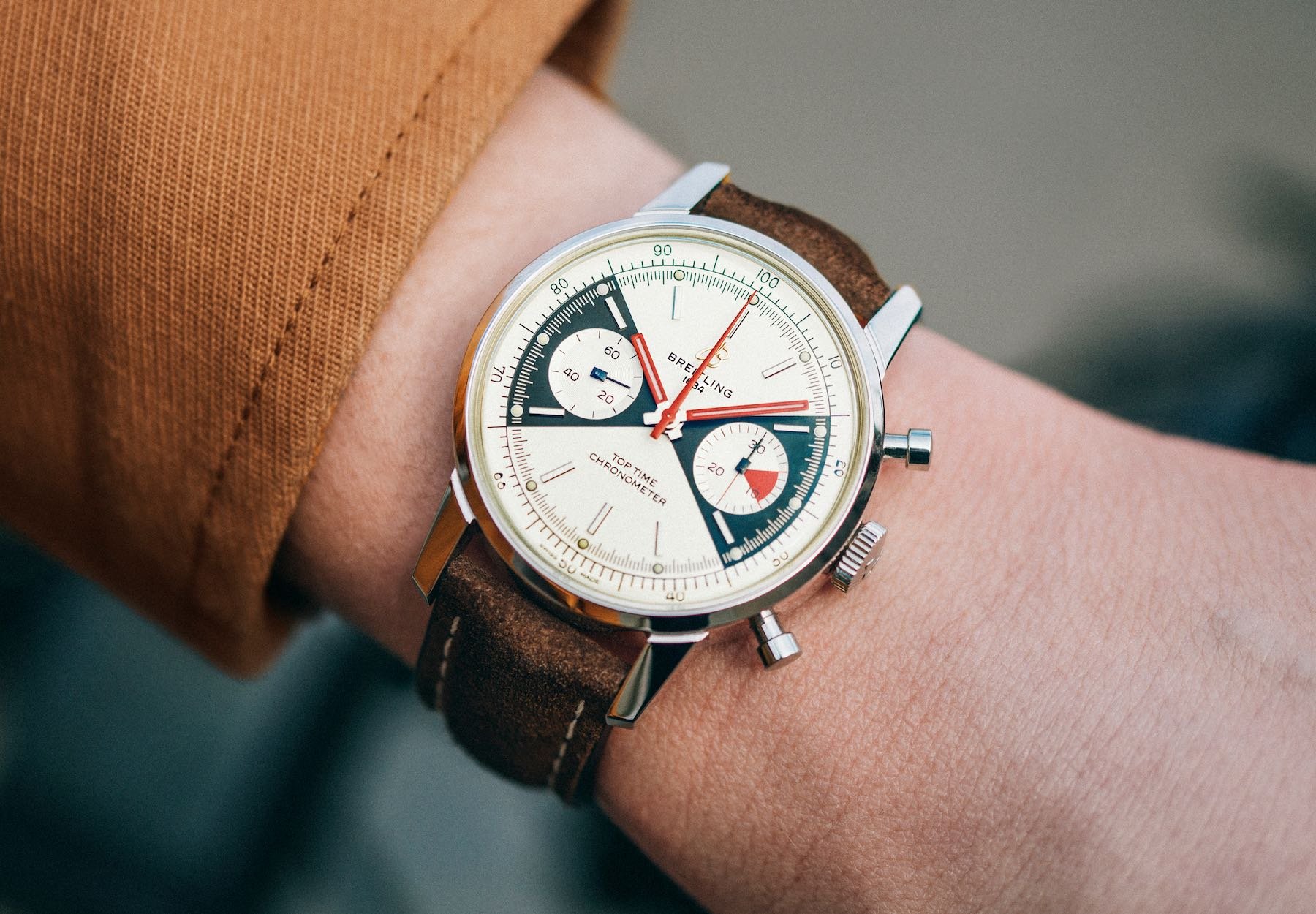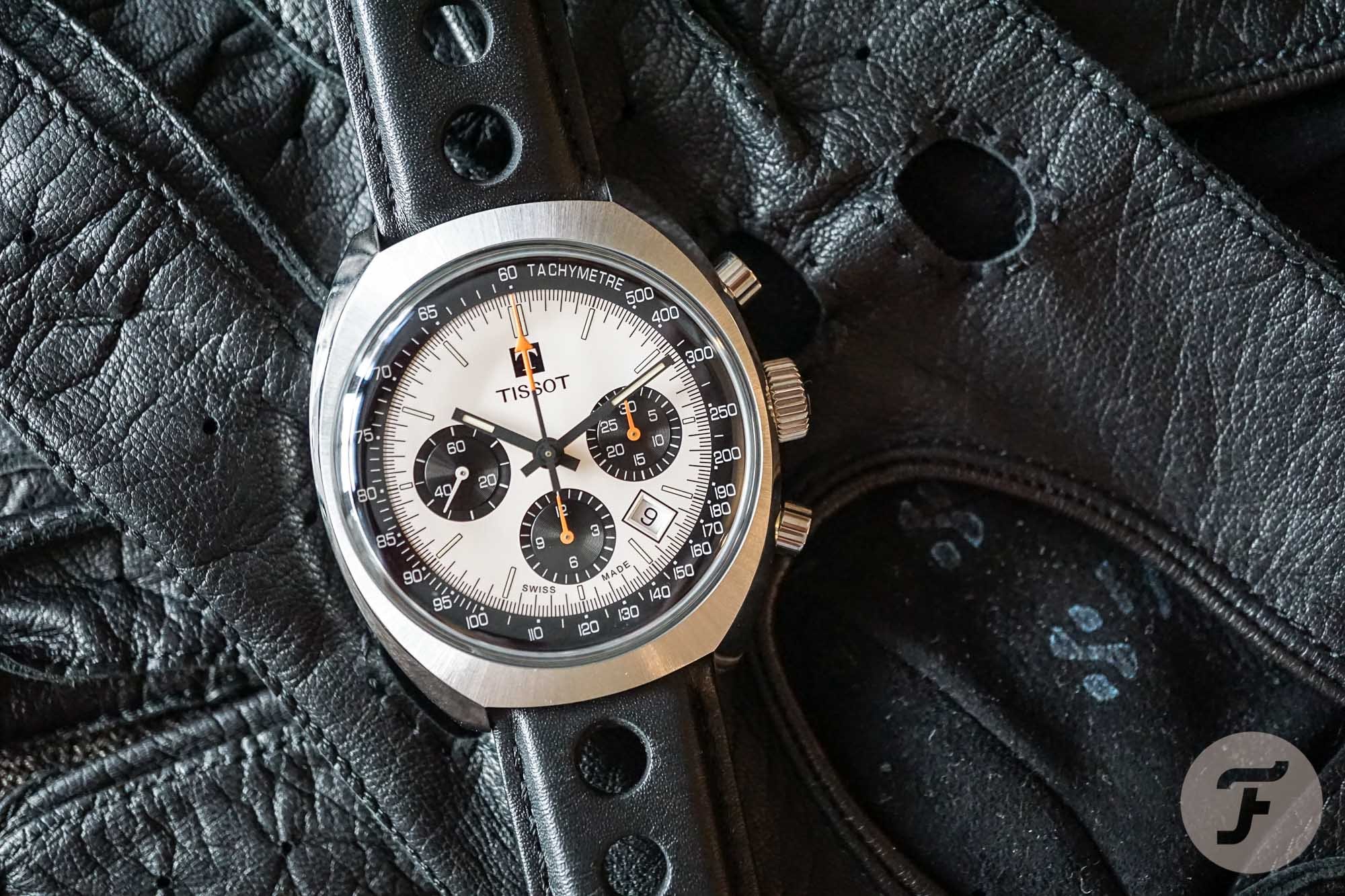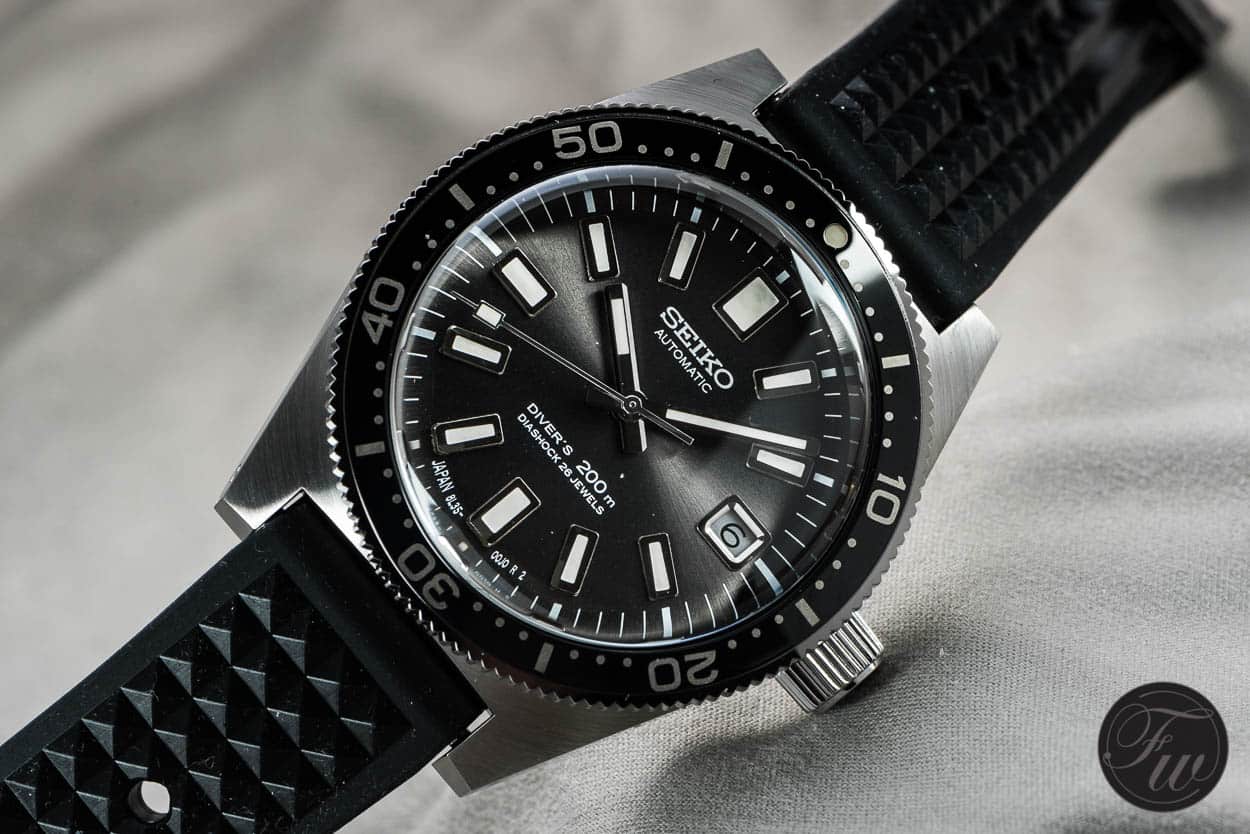Are We Living Through A Crisis In Watch Design?
It can also be called a crisis of us, the consumers, that not only encourage watch manufacturers to create re-editions but even crave them!
I can’t decide, whether watch re-editions popping up over the last couple of years is a problem of watch manufacturers or customers. It is, as I see it, a typical chicken-or-the-egg question. In my opinion, way too many re-editions flooding the market. It is already becoming a legitimate, natural, and even expected product update drill. And that’s where I think the problem begins.
Don’t get me wrong. As a vintage watch collector, I personally love most of the re-editions out there. I don’t feel troubled at all if they influence the value of vintage pieces this way or that way. A positive price impact is nice, but not the primary reason to collect vintage watches. Besides their historical importance, I mostly buy vintage watches because I love their innovative and eye-catching design. What bothers me now is more of a philosophical question: How come we get so excited when this year’s best design achievement goes to the re-edition of a 70-year-old design?
Great for business
Look at it from the following perspective. I would give anything for the next 911 Porsche to be an exact copy of the icon introduced in 1965. I can already see all the lengthy articles glorifying that the designers managed to make 100% copies of the door handles or the screws on bumper corners when compared to the original. But I am afraid I will die without seeing the original 911 reborn, regardless of whether I live for another 50 or 100 years. Those Porsches would all be sold the moment the idea saw the light of day.
…just about as sure a thing as any in the watchmaking industry.
It’s no doubt that watch re-editions great for business. Why wouldn‘t they be? Customers already have an affinity with the products. The story already exists and is well known. Sentiment for these products has been built up over the years. The chance of a re-edition meeting with success is just about as sure a thing as any in the watchmaking industry. It’s like taking candy from a baby. And, worse still, it’s hard to stop once you’ve started.
The design envelope
My problem arises when you look at media coverage and find that the customer base, brand enthusiasts, and even watch professionals evaluate a re-edition as the best release of the year by the brand. How do the designers feel about that?
Sure, to bring an old model back to life, a huge amount of work and research has to go into the project. It is not as if watch companies from these bygone eras stored comprehensive manuals on how and why they did everything they did. In those days, remember, the watchmaking industry had no idea it would become the preserve of collectors and enthusiasts. Those guys were just making watches. Recreating them isn’t a walk in the park.
But, crucially, these are not new designs. No one is undermining the effort that goes into bringing these reeditions to market. They are creative in the ways they piece together a forgotten history in some cases, but they are not pushing the design envelope.
…but what comes next?
This means that rather than designers leading the development of brands’ catalogs in 2020, it is really product managers, business people, and researchers. It is a cool era in which to exist, but what comes next? Where is the next generation of watch designers coming from? And, crucially, what will they have to offer?
A constant evolution
If you look at product design strictly as a constant evolution over a matter of decades, a re-edition is a huge disappointment. Instagram feeds exploding with enthusiasm over a copy of a 50-year-old design, dubbing it to be the best release of the year symbolizes a crisis of creative potential for me. Just remember what a sh*t storm the release of their new flagship BMW 7 caused in early 2000. But BMW moved on. Not by diving into the archives, but by bringing new design interpretations.
What I miss today is the confidence to experiment — to challenge and innovate. To innovate not only what’s ticking inside, but on the outside too. The quartz crisis is a great inspiration. Think of all the rich design ideas that came from traditional manufacturers in an effort to survive.
I dare say we asked for this. Brands listen to us and make re-editions for us. Because, I am afraid, they have nothing better for us. We need something that will drop our jaws and stop us from lusting over the potential for re-editions for good.
Fascinating and imaginative design.
Take Ming. Take anOrdain. They may have generic movements inside, but people don’t give a damn about that. They feel what I am talking about here, melting over such fascinating and imaginative design. Design is stronger than movements. Nostalgia is not enough. Heritage is not enough either. It might be enough for today, but watch manufacturers must start building completely new core design icons that can become the objects of admiration for tomorrow. For future vintage collectors.
Re-editioning is not evolution.
I bet re-editions won’t be those objects. Re-editioning is not evolution. It might seem like the best line of action now, but it’s just a pause. It’s a temporary rescue jacket buying them some time. The time has arrived for brands to come up with design novelties that will win our hearts and arouse our desire for new design. It’s 11:12 pm. Time to unstrap my Omega Speedmaster 60th LE and see what tomorrow will bring.




